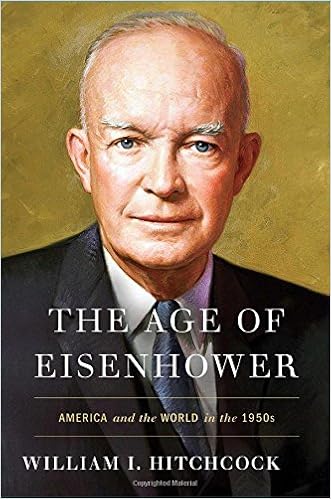Actor Laurence Luckinbill has underscored his career by performing stellar showcases, breathing life into a trio of important historical icons: Clarence Darrow, Lyndon B. Johnson and Ernest Hemingway. Then there’s, perhaps most famously, Theodore Roosevelt who has helped the actor begin a new chapter in his career: Luckinbill, along with Eryck Tait, has whittled his popular one-man play Teddy Tonight! and has turned it into a graphic novel.
Teddy (Dead Reckoning, $24.95) tells the tale of the 26th and, not quite 43, youngest President in the nation’s history (1901-1909). Roosevelt is here tonight giving a speech to a rapt crowd. Woodrow Wilson is now president, yet Roosevelt, half deaf and blind in one eye, takes center stage: “Bully! I’ve always said I’d rather wear out than rust out.” Teddy rants and raves. His youngest son Quentin had been captured by the Germans. He brings us back to his asthmatic childhood: “From age four I had to fight to love. My father taught me how. He got me breath. He got me lungs. Strength. Life.” His father is the impetus of much of Roosevelt’s drive: “My father taught me that I had to work for my bread, and work hard. He also taught me that I had to finish everything I started.”
 We learn much, including Roosevelt’s obsession with nature and biology: “I supposed myself a naturalist, and outdoorsman, having collected and classified hundreds of specimens from birds to snakes to seals all my life. My rooms were a forest of dead skins … embalmed critters…and jars and boxes full of bits and pieces of them.”
We learn much, including Roosevelt’s obsession with nature and biology: “I supposed myself a naturalist, and outdoorsman, having collected and classified hundreds of specimens from birds to snakes to seals all my life. My rooms were a forest of dead skins … embalmed critters…and jars and boxes full of bits and pieces of them.”
He enters the legislature at Albany “as the only thing a man of my background and upbringing could be—a Lincoln Republican.” He was despised and learns, quickly, the meaning of disdain.
Roosevelt suffered double tragedy: The deaths of his mother of typhoid fever at 48 and his first wife Alice of renal failure following childbirth at 22.
Roosevelt heads West. The Rough Riders, (mis)adventures, the presidency. Pages remind readers of Roosevelt’s demands: “Equality of rights between men and women . . . old age pensions, sickness and unemployment insurance, public housing, shorter work hours. Aid to farmers and regulation of large corporations. We must protect and celebrate the glorious natural beauty of our land.”
He leaves the presidency after seven and a half years. As he ends his speech to the crowd: “Life and death are both part of the same adventure…and the worst of all fears…is the fear of living.”
Luckinbill and Tait have crafted a flawed yet flawless man who emerges out of history with a vision he refuses to lose.
Though the book is “officially” geared toward readers age 8 to 12, Teddy is important for all ages. Tait’s gray and black and white illustrations, at once dramatic and daring—extreme closeups of a moustache-less, single-chined Roosevelt, thick eyeglasses, shadowy cemetery visits—accentuate Teddy’s recollections and reminisces.
Not a word is wasted; not a stroke of the ink pen misleads.
A graphic novel that’s indeed novel.

